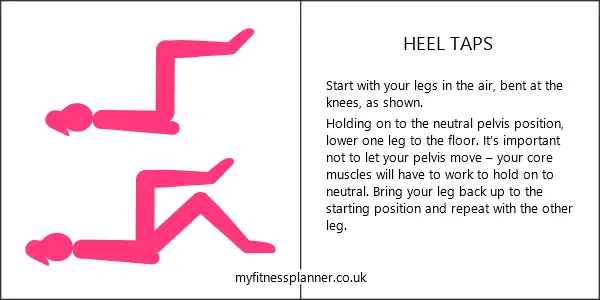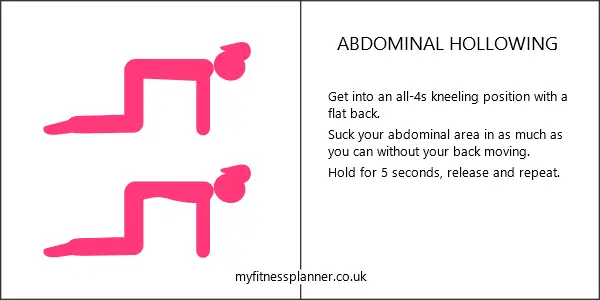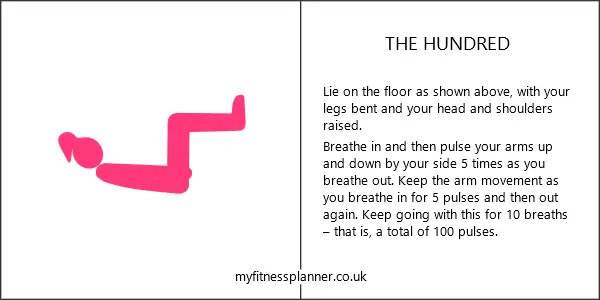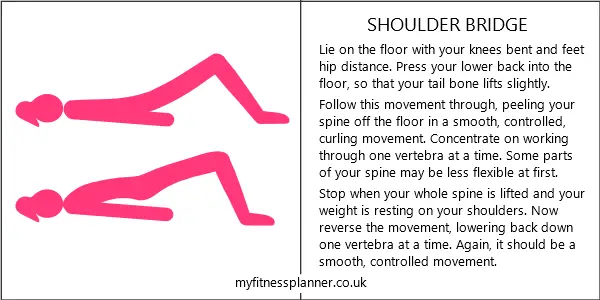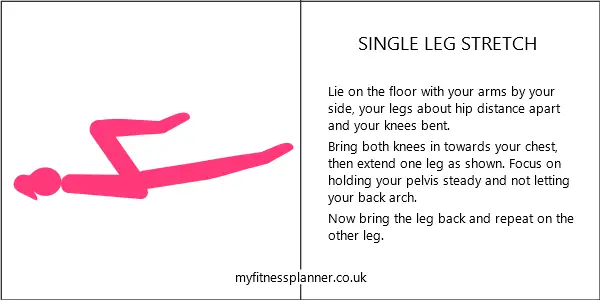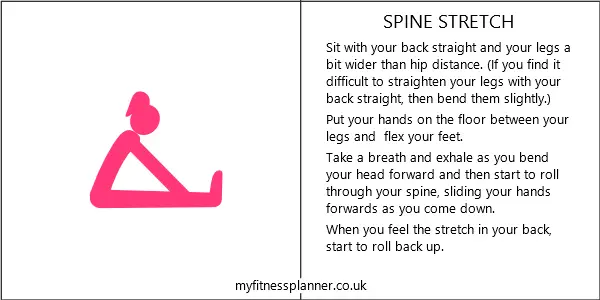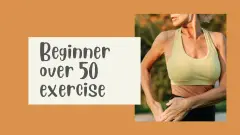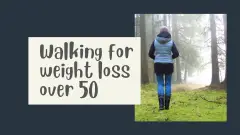To do classic Pilates requires a high level of core strength, movement control, coordination and flexibility. For this reason, the original exercises are often adapted to be more suitable for inexperienced participants. Alternatively, programs may include Pilates-style exercises, which follow the principles of the method but are not true Pilates exercises. An over 50 Pilates program for beginners can include both adapted Pilates exercise and Pilates-style exercises, but shouldn’t include the full classic exercises. It’s possible to work up to these with practice, but they aren’t suitable for beginners, especially not older beginners.
Reasons why Pilates is a good choice for over 50s exercise
- Many of the exercises strengthen muscles, offsetting age related muscle loss
- The exercises improve flexibility and joint mobility, helping to keep bodies supple
- Many of the exercises improve spinal mobility, which also helps to maintain suppleness
- There is a strong focus on correct posture – having good posture prevents undue stresses on joints and tight muscles
- The breathing and mind-body element of Pilates promotes calmness and relaxation – this can be especially helpful during the menopause years
- The exercises challenge coordination, which helps to keep minds and bodies agile
- They also challenge balance, which helps to avoid age-related balance deterioration
Over 50 Pilates cautions and considerations
#1 No aerobic or weight bearing benefits
While doing Pilates will be very beneficial for all the above reasons, it would be better combined with another form of exercise for two reasons. Firstly, it doesn’t have an aerobic training effect and therefore doesn’t greatly benefit heart health or weight control. The other drawback is that it doesn’t have the bone health benefits that some other types of exercise have. As oestrogen levels decline during and after menopause, women start to lose bone mineral density. This means bones are more likely to fracture. Weight bearing exercise – that is exercise in which we are on our feet, supporting and moving our body weight – helps to maintain bone mineral density. Examples of exercise that would be good to combine with your Pilates program are walking, running or indoor aerobic exercise. You could try this walking program, this beginner running program or this indoor cardio circuit.
#2 Some exercises are not advisable if you have osteoporosis
Many Pilates exercises involve putting pressure on the spine and neck. This is fine for most people, but anyone already suffering from loss of bone mineral density (osteoporosis) should take advice from a health professional before doing Pilates.
#3 Some exercises risk stressing spine and joints
Some Pilates exercises aren’t suitable for over 50s, or arguably for any participants. These include exercises where the lower back is taken into an arched position, the knees are pushed backwards and where pressure is put on the neck or shoulders.
#4 Pilates exercises could compromise the lower back if done incorrectly
Pilates needs to be done with correct technique, or it can cause lower back injury. This applies to all ages, but is especially relevant with older participants because spine mobility decreases with age.
#5 Long established postural imbalances may mean progress is slow at first
By the age of 50, many people have had bad posture habits for years. If this is the case, then there are likely to be muscle imbalances, with some muscles being tight and others weak and stretched. Doing Pilates will improve this, but it will take time.
Over 50 Pilates – an introductory program
The over 50 Pilates workout starts with the essential step of finding neutral pelvis and two basic pelvic stability exercises. These are followed by 4 adapted classic Pilates exercises.
Before you start the workout, please read these exercise safety guidelines.
You’ll need some form of cushioning for this workout – ideally an exercise mat. See an exercise mat buying guide here.
Neutral pelvis
To do Pilates properly, you need to be able to find the neutral pelvis position and hold on to it while doing the exercises. Our pelvis hinges on our thigh bones to enable movement to take place. At rest, it should be in a neutral position – neither tilting forwards nor backwards. It should also be in this position for most upright movement. This is often not the case though, as people develop poor posture.
How to find neutral pelvis
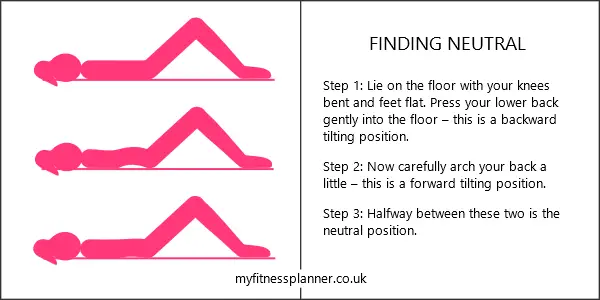
The workout routine
Once you are confident that you’ve found neutral pelvis, you can start doing the Pilates routine. The exercises and reps/hold times are shown in the chart and exercise instructions are below the chart. The first 2 exercises are basic core stability exercises and the remaining 4 are modified Pilates exercises.
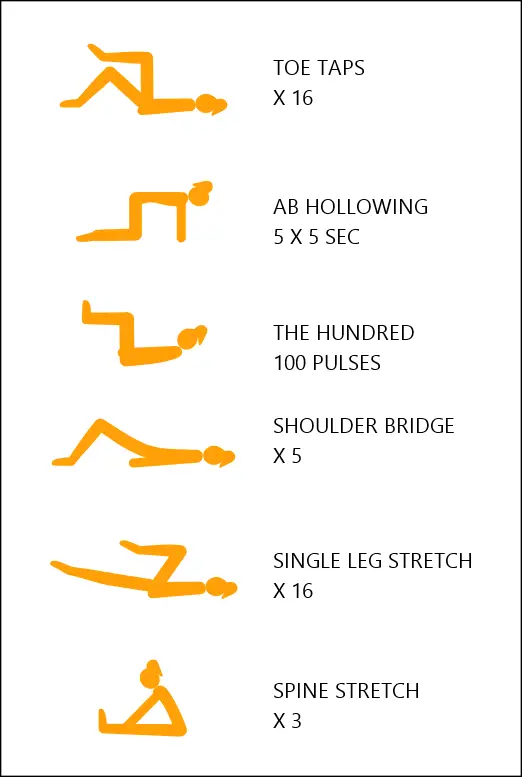
Exercise instructions
